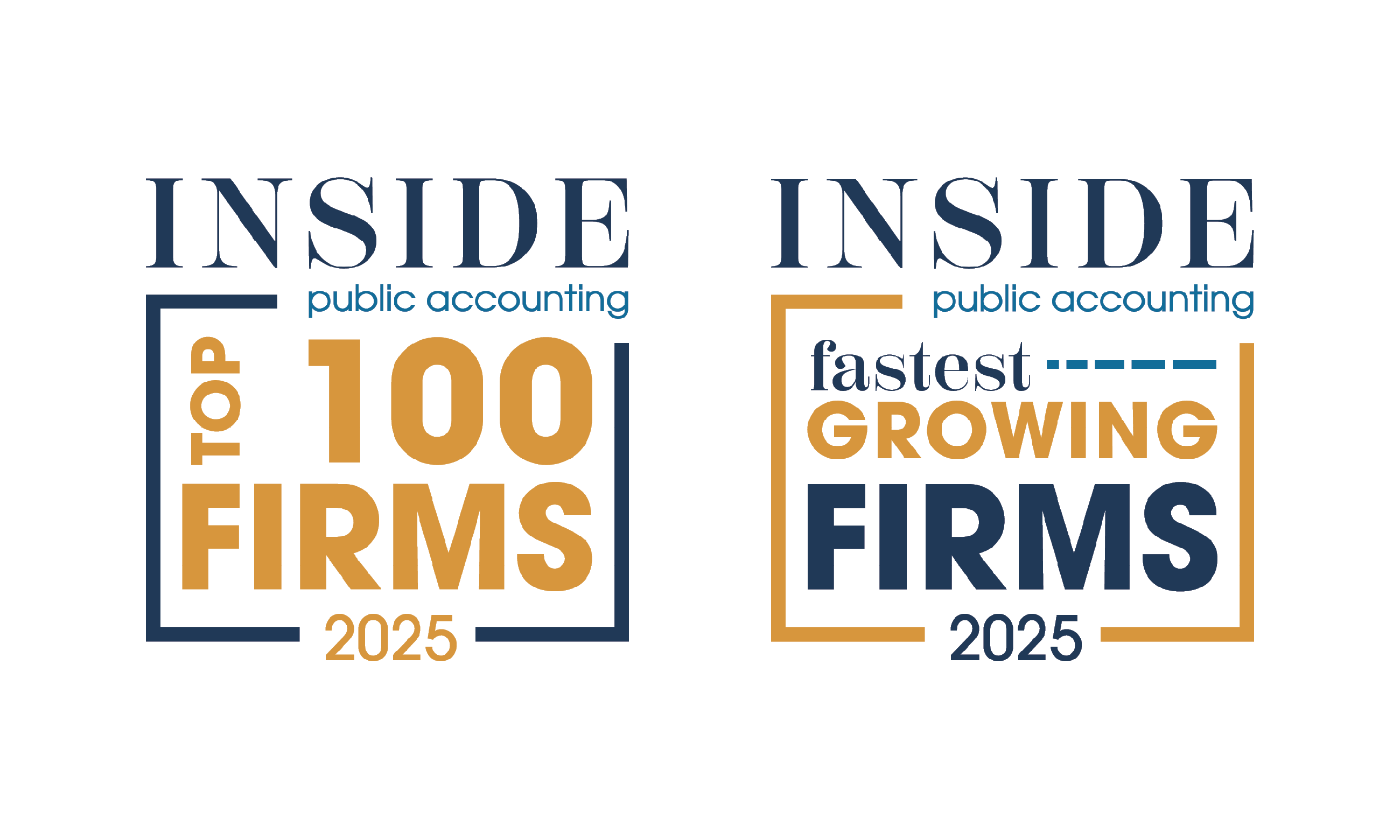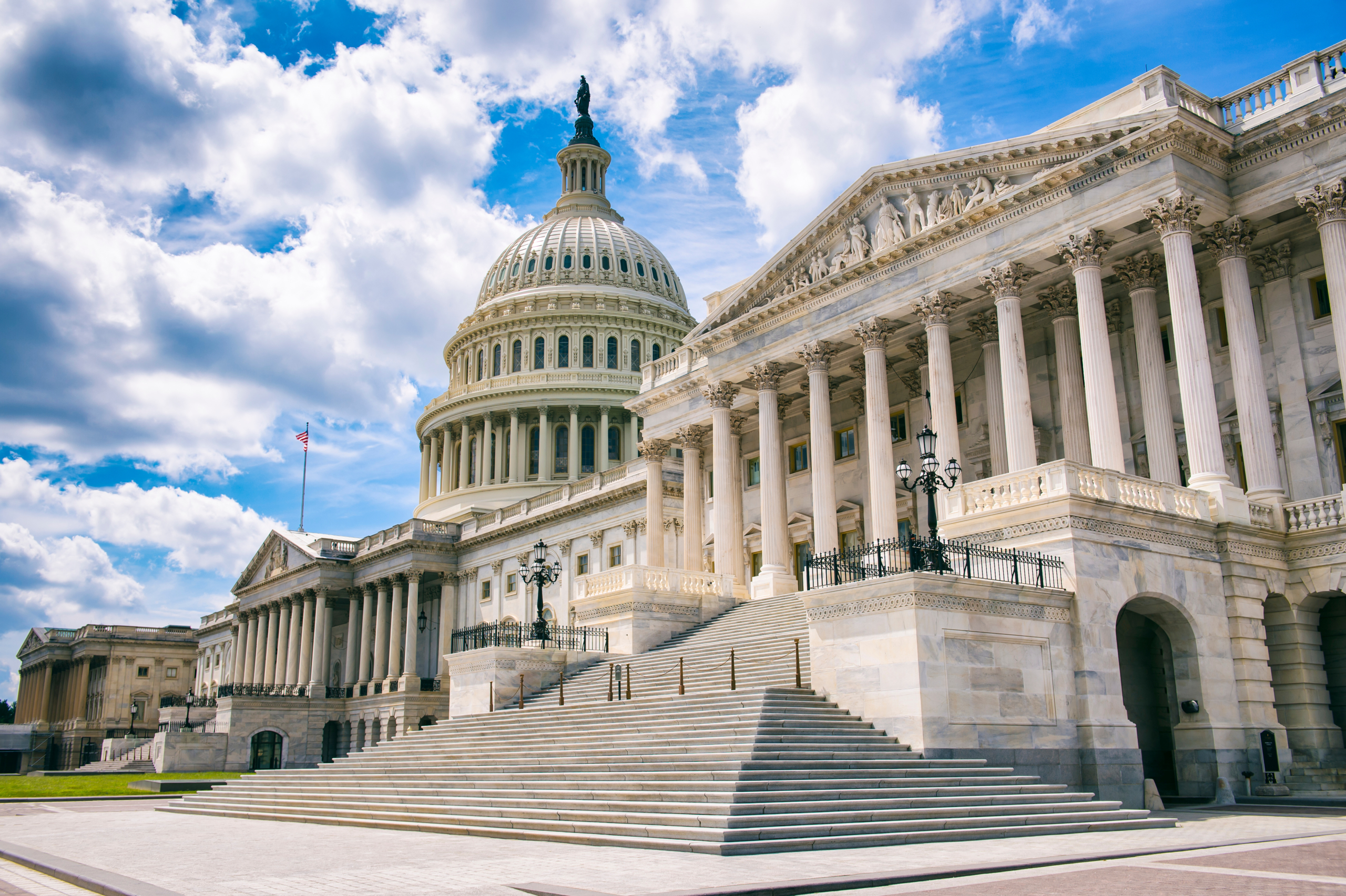Brady Martz Again Recognized as One of the Region’s 50 Best Places to Work
Top 100 nationally ranked accounting and advisory services firm Brady Martz today announced that it has been selected as one of the region’s 50 Best Places to Work in 2025 by Prairie Business magazine. Each year, Prairie Business recognizes companies and organizations nominated by their peers for excellence in areas including workplace culture, opportunities
Brady Martz Named Among IPA’s 2025 Top 100 Firms
Grand Forks, N.D. – Accounting and advisory services firm Brady Martz is proud to announce that it has been named among Inside Public Accounting’s (IPA) Top 100 Firms and Fastest-Growing Firms in 2025. Each year, IPA releases a ranking of the 500 largest public accounting firms in the U.S. based on each participating firm’s net […]
Landmark Tax Bill Signed Into Law: What Businesses and Individuals Need to Know
President Trump signed the One Big Beautiful Bill Act (OBBBA) into law on July 4, 2025, following its passage by Congress on July 3. This sweeping legislation includes significant changes to the federal tax code, making permanent several provisions from the 2017 Tax Cuts and Jobs Act (TCJA), modifying business and individual tax rules, scaling […]
Two Brady Martz Team Members Named Among 2025 Best-In-State CPAs by Forbes
Brady Martz is proud to announce that two team members – CEO Stacy DuToit and Shareholder Eric DeHaan – have been named among Forbes’ list of America’s Best-In-State CPAs for 2025. This prestigious accolade honors Certified Public Accountants (CPAs) who exemplify excellence and leadership within the accounting profession. Forbes’ Best-In-State CPA
House Passes 2025 Budget Resolution, Setting Stage for Tax Cuts and Spending Reductions
In a pivotal move that could reshape the tax and fiscal landscape, the U.S. House of Representatives narrowly passed the Fiscal Year 2025 budget resolution (H. Con. Res. 14) on April 10, 2025. The 216–214 vote, following Senate approval, kicks off the reconciliation process—a fast-track legislative path that could bring sweeping changes to tax policy [&hell
Brady Martz Named Among Accounting Today’s 2025 Top 100 Firms
Accounting and advisory services firm Brady Martz is proud to announce that it has been named among Accounting Today’s Top 100 Firms, Regional Leaders for the Midwest, and Fastest-Growing Firms in 2025. Each year, Accounting Today releases an annual ranking of the leading national and regional firms, as well as their chief executives’ take on […]
IRS Updates Guidance on 179D Tax Deduction: What You Need to Know
The Internal Revenue Service (IRS) has recently updated its Large Business & International (LB&I) Process Unit guidance on the Section 179D Energy Efficient Commercial Buildings Deduction. With the introduction of Form 7205 and increased IRS scrutiny, ensuring compliance and partnering with the right provider has never been more critical. Key Takeaway
Trump’s Global Tariffs – Major Ramifications for Trade and the U.S. Economy
On April 2, 2025, President Trump signed an executive order introducing a sweeping new trade policy—”Reciprocal Tariffs.” This move is aimed at addressing what the administration describes as unfair trade practices from certain countries. With tariffs set to range from 10% to as high as 54%, U.S. businesses will face significant disruptions in the
CEO Stacy DuToit Included in 15 Women You Need to Know in ND Business
Top 100 nationally ranked accounting and advisory services firm Brady Martz is proud to celebrate CEO Stacy DuToit for being named one of the Greater North Dakota Chamber’s (GNDC) 15 Women You Need to Know in ND Business for 2025. This prestigious recognition highlights women across the state who are driving progress within their organizations, […]
Shareholder Amy Haagenson Recognized as Prairie Business Top 25 Women in Business
Top 100 nationally ranked accounting and advisory services firm Brady Martz is proud to celebrate Construction & Real Estate Practice Segment Lead, Board Member, and Shareholder Amy Haagenson for being named one of Prairie Business magazine’s 2025 Top 25 Women in Business. This prestigious award honors outstanding businesswomen across North Dakota, South










